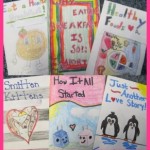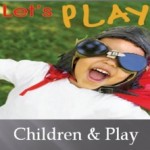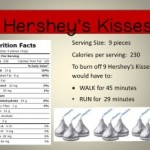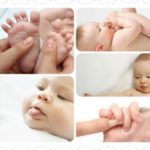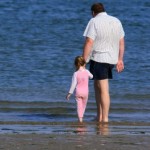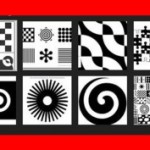
Students are always amazed when I explain to them that infants are born very nearsighted. Normal vision is 20/20 but aBlack.and.White baby is born with 20/200 and 20/400 vision. Over the course of the first year a baby’s vision will improve and they will eventually see things the way everyone else does. This lesson has students independently exploring how sight develops in infants, the role caregivers can play to help stimulate it and finally, culminates with a mobile project fit for an infant!

